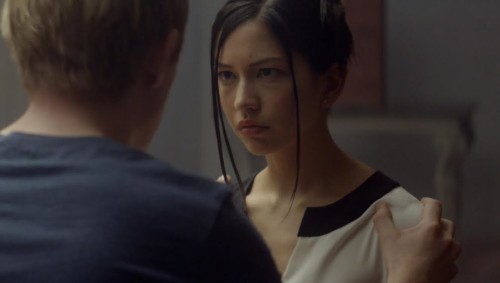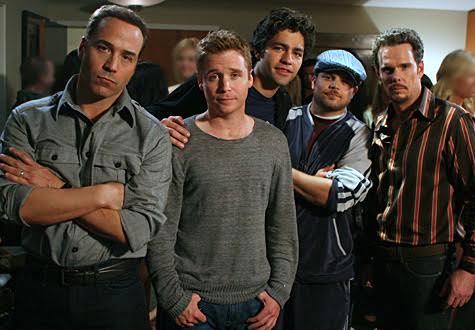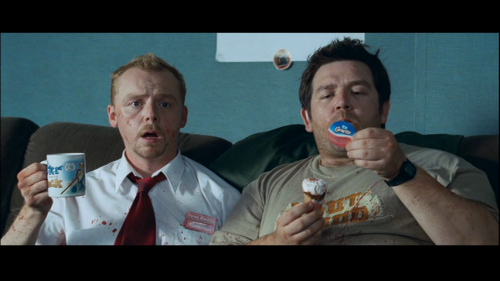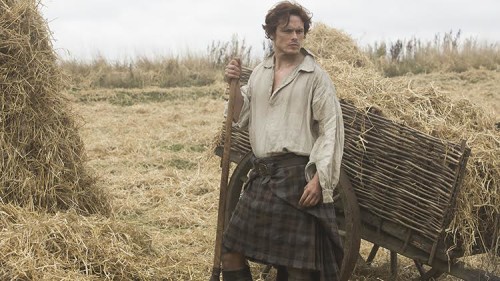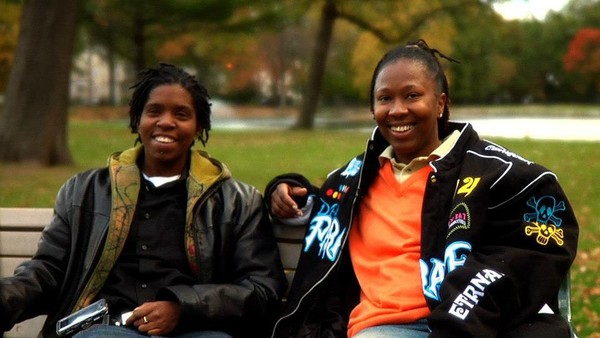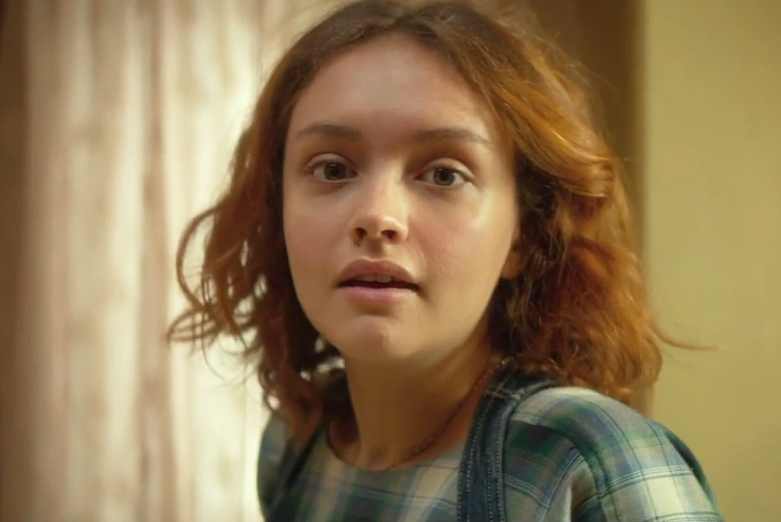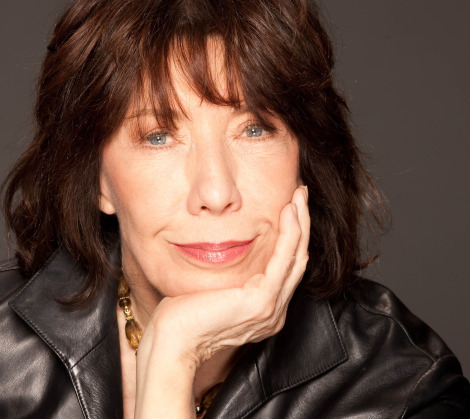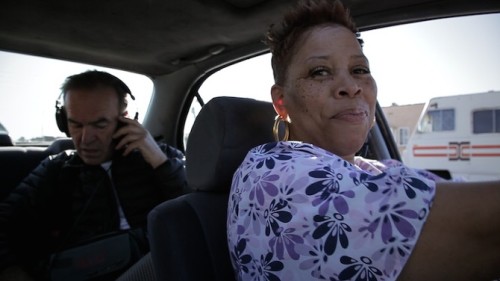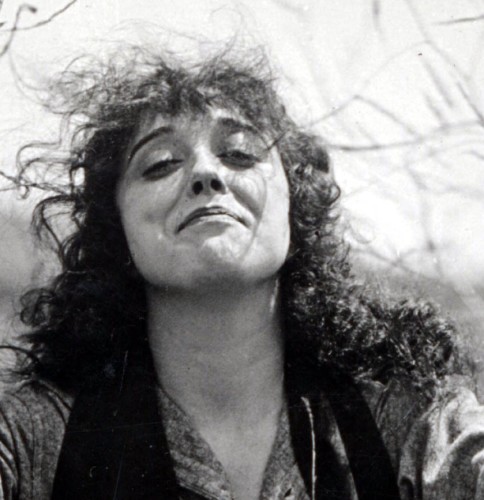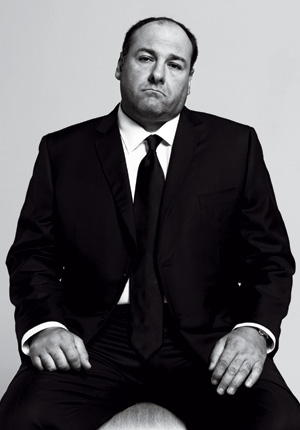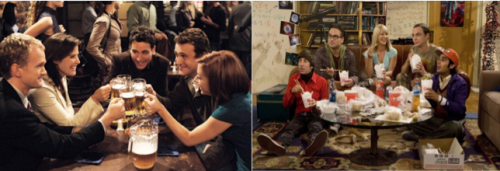Seed & Spark: On ‘Ex Machina,’ Artificial Intelligence of Color, and How to Become a (White) Woman
I decided to be a filmmaker because I believe that women of color should proclaim ownership over the creation and dissemination of our images and stories. When Ava DuVernay asked her Twitter followers to name films that featured black, brown, Native, or Asian women leads, only a handful of films on that list featured an Asian American actress with an Asian American woman director at the helm. (And the drop-off between first and second efforts is alarming; Alice Wu, the writer/director of 2004’s ‘Saving Face,’ has never made another feature.)
